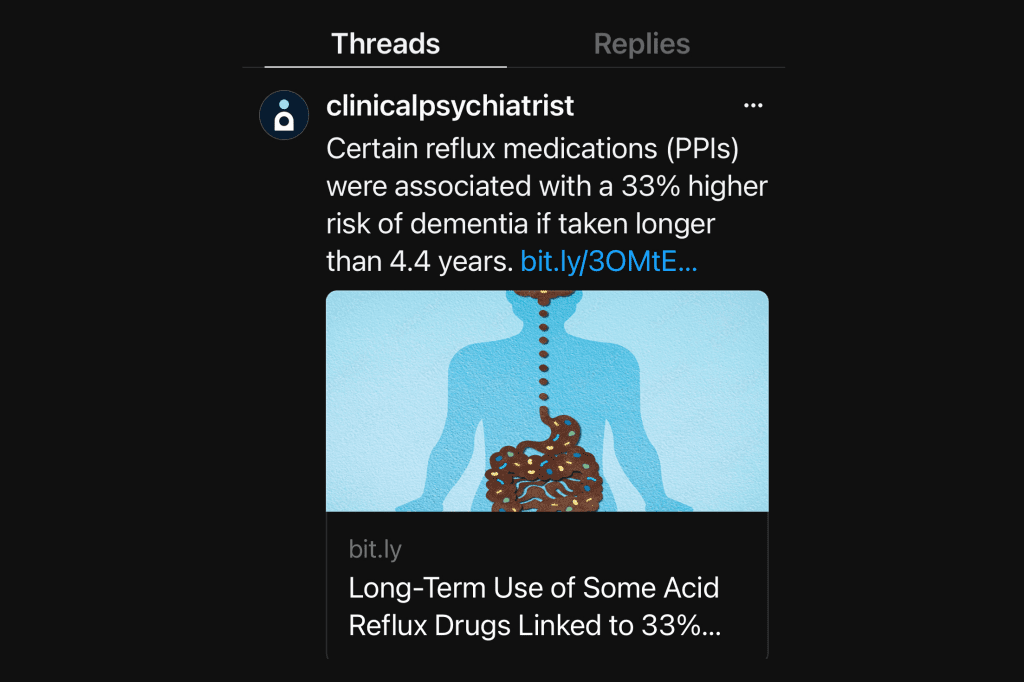Schizophrenia creates daunting challenges for patients throughout their lives. Though it’s a condition that only affects about one percent of the population, the Centers for Disease Control and Prevention (CDC) lists it as one of the top 10 reasons for disability in the US. Estimates find that the diagnosis slashes nearly 30 years of life expectancy.
Schizophrenia is also a costly disease, with an estimated annual fiscal burden in the US of $173.6 billion, as it saddles patients, insurance companies, and the government with an unending stack of bills. A recent model published in The Journal of Clinical Psychiatry presented the scope of monetary costs of schizophrenia to the U.S. government over a lifetime.
Key Findings
- Compared to the general population, a person with schizophrenia will incur $1.54 million in excess lifetime costs to the government.
- The largest economic losses related to schizophrenia include health care costs (42 percent), criminal justice/homelessness (40 percent), and lost tax revenue (18 percent). They lead to financial drain by upping unemployment, disability, incarceration, and healthcare use.
- Productivity losses for people with schizophrenia and their caregivers added $825,000 and $53,000 in lifetime costs respectively.
- In total, the estimated societal lifetime cost per person was $2.38 million, or $89,798 per year lived with schizophrenia. Virtually all of the incremental fiscal burden occurs within the first 35 years after symptom onset, highlighting the importance of early intervention.
- The estimated deadweight loss to society from the excess government expenditure due to schizophrenia was $43.4 billion per year. Cost assessments didn’t account for additional costs like housing, social services, and impact on caregiver health, suggesting they may be conservative.
This analysis tracks with findings from previous studies. It underscores how the monetary toll of schizophrenia far exceeds direct medical costs, which are often the focus of policy and cost-effectiveness assessments.
“Schizophrenia’s direct nonmedical and indirect costs directly increase public expenses, which impact prices and purchasing power and have a real effect on societal welfare capacity,” the researchers wrote. “Consequently, investing in programs and interventions mitigating the burden of schizophrenia will ultimately impact the broader economy.”
IN OTHER PSYCHIATRY AND NEUROLOGY NEWS THIS WEEK
- It’s easier to understand standard mean deviations and their 95% confidence intervals when you convert them into percentile scores. Here’s a 1-minute step-by-step guide on how to do it.
- Do “hashtag holidays” like World Mental Health Day make an impact on social media users? This investigation aimed to find out.
- A surprising result from a study looking at the association between bipolar disorder and ulcerative colitis.
- A new study revealed a unique cognitive biotype in 27 percent of depression patients. The biotype responds poorly to antidepressants, suggesting the potential for tailored therapy in select cases.
- “Thready” for more psychiatry news? Follow our @clinicalpsychiatrist account on Meta’s new Threads platform.

NEW AT CME INSTITUTE
Click to earn free accredited CME credit.



